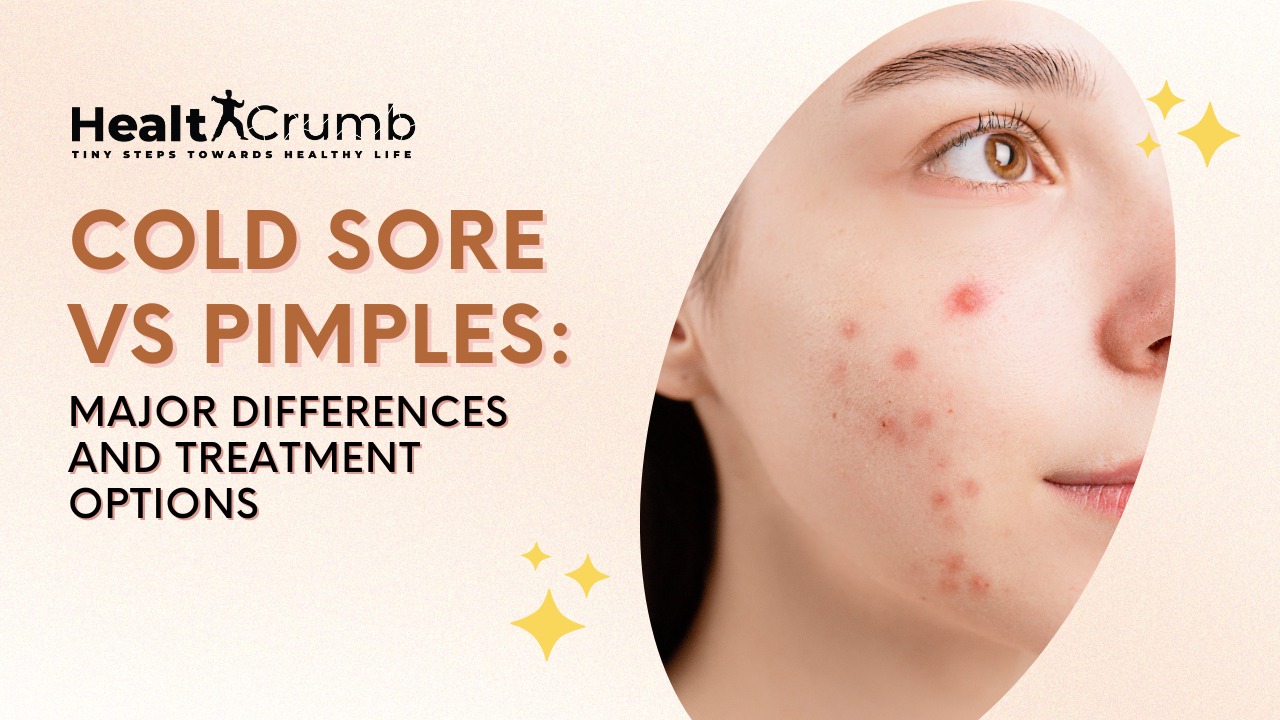Chronic obstructive pulmonary disease, or COPD, is a condition that makes it hard to breathe. The two main COPD types are bronchitis and emphysema. COPD can make it hard to breathe, and people with COPD often feel short of breath. They may also have a cough, wheezing, and chest tightness.
COPD is a progressive disease, which means it gets worse over time. There is no cure for COPD, but treatments can help relieve symptoms and slow the progression of the disease.
If you have COPD, it can be difficult to cope with the symptoms and manage your condition. However, there are treatments available that can help you manage your symptoms and improve your quality of life.
In this blog, we will provide information and resources on living with COPD. We will cover topics such as COPD symptoms, treatment options, and ways to cope with the condition.
What is COPD?
COPD (chronic obstructive pulmonary disease) is a type of lung disease that makes it hard to breathe. The main symptoms of COPD are shortness of breath, coughing, and wheezing.
COPD is a progressive disease, which means it gets worse over time. There is no cure for COPD, but there are treatments that can help relieve the symptoms and slow the progression of the disease.
The Different COPD Types
A variety of things, including smoking, exposure to secondhand smoke, and exposure to certain chemicals or fumes can cause COPD. Symptoms of COPD include shortness of breath, coughing, and wheezing.
In other cases, medication may be necessary to manage symptoms and prevent further damage to the lungs.
If you think you may have COPD, it’s important to see your doctor for a diagnosis. Early diagnosis and treatment can help slow the progression of the disease and improve your quality of life.
There are two main COPD types: obstructive and restrictive.
Obstructive COPD is the most common COPD types, and is caused by airway blockage. This can be due to smoking, air pollution, or other irritants. Symptoms include shortness of breath, wheezing, and coughing.
The obstructive COPD is Emphysema.
Emphysema is a condition in which the alveoli, or air sacs, in the lungs are damaged. This damage makes it difficult for oxygen to get into the bloodstream and carbon dioxide to be exhaled.
Restrictive COPD is less common, and is caused by damage to the lungs. This can be due to infection, genetics, or other factors. Symptoms include shortness of breath and difficulty taking deep breaths.
The restrictive COPD is Bronchitis.
Bronchitis is a condition in which the airways become inflamed and narrowed. This makes it difficult for air to flow in and out of the lungs.
COPD can also be caused by a combination of both emphysema and bronchitis. This is known as mixed COPD. No matter which COPD types you have, it is important to seek treatment as soon as possible. The sooner you start treatment, the better your chances are of slowing down the progression of the disease.
Treatment for COPD depends on the severity of the condition. In mild cases, quitting smoking and avoiding irritants may be enough. More severe cases may require medication, oxygen therapy, or surgery.
If you think you may have COPD, talk to your doctor about getting a diagnosis and finding the best treatment plan for you.
Symptoms of COPD
COPD, or chronic obstructive pulmonary disease, is a serious lung condition that makes it difficult to breathe. The main symptoms of COPD are shortness of breath, coughing, and wheezing. These symptoms can make it hard to do everyday activities like walking, talking, and working. COPD is a progressive disease, meaning it gets worse over time. There is no cure for COPD, but treatments can help manage the symptoms and slow down the progression of the disease.
COPD is a chronic lung disease that makes it difficult to breathe. The most common symptom of COPD is shortness of breath, but other symptoms include:
- coughing, often with mucus
- wheezing
- chest tightness
- having to clear your throat first thing in the morning
- fatigue
- weight loss
If you have any of these symptoms, it’s important to see your doctor so you can get a diagnosis and treatment.
If you think you may have COPD, it’s important to see a doctor for a diagnosis. COPD is often mistaken for other conditions like asthma or bronchitis. But it’s important to get an accurate diagnosis so you can get the proper treatment. Treatment for COPD often includes a combination of medication, lifestyle changes, and oxygen therapy.
Treatments for COPD
Treatment for COPD depends on the severity of the condition. In some cases, lifestyle changes such as quitting smoking and avoiding exposure to lung irritants can help improve symptoms.
COPD is a progressive lung disease that can make it difficult to breathe. There is no cure for COPD, but there are treatments that can help manage the symptoms and slow the progression of the disease.
Inhalers are often the first line of treatment for COPD. There are two main types of inhalers: bronchodilators and corticosteroids.
- Inhaled bronchodilators are the most common treatment for COPD. Bronchodilators open up the airways to make it easier to breathe. These drugs can be taken in inhaler form or as pills.
- Steroids are another type of medication that can be used to reduce inflammation in the lungs.
Oxygen therapy is another common treatment for COPD. This involves using a machine to pump extra oxygen into your lungs. Oxygen therapy can help improve your quality of life and may even prolong your life.
Lung surgery is an option for some people with COPD. Surgery can improve breathing and quality of life, but it is not a cure for COPD.
If you have COPD, it’s important to quit smoking. Quitting smoking is the best thing you can do to slow the progression of the disease and improve your symptoms. There are many resources available to help you quit smoking, so talk to your doctor about what might work best for you.
Quitting smoking will not reverse the damage that has already been done to your lungs, but it will stop the progression of the disease and make it easier to manage your symptoms.
Lifestyle changes can also help manage COPD symptoms. Avoiding secondhand smoke, dust, and other airborne irritants can also help. Getting regular exercise and eating a healthy diet can also help you manage your COPD symptoms.
If you think you may have COPD, talk to your doctor about getting a diagnosis. They will likely ask about your smoking history and symptoms. They may also order tests, such as a spirometry test, to confirm the diagnosis.
Living with COPD
If you have COPD, you’re not alone. In the United States, COPD affects more than 16 million people. And the number of people with COPD is expected to rise in the coming years.
If you have COPD, you are not alone. Millions of people in the United States suffer from this chronic lung condition. While there is no cure for COPD, there are treatments that can help you manage your symptoms and improve your quality of life.
Many people with COPD live full and active lives. With proper medical treatment and care, you can manage your COPD and enjoy your life.
Living with COPD can be a challenge. But there are things you can do to make it easier. Here are some tips:
- Learn as much as you can about your condition. The more you know, the better you’ll be able to manage your symptoms and stay healthy.
- Quit smoking. If you smoke, quitting is the most important thing you can do for your health. Talk to your doctor about ways to quit smoking.
- Get regular exercise. Exercise can help improve your breathing and overall fitness. Talk to your doctor about an exercise plan that’s right for you.
- Eat a healthy diet. Eating healthy foods can help you breathe better and give you more energy.
- Stay away from pollution and other irritants. Avoiding things that can make your symptoms worse can help you feel better and stay healthy.
Conclusion
COPD is a serious lung condition that can be debilitating if left untreated.
If you think you might have COPD or any of the COPD types, it’s important to see a doctor and get a diagnosis. There are many COPD types, each type has its own set of symptoms and treatments.
The most important thing you can do if you have COPD is to quit smoking and avoid exposure to secondhand smoke and other pollutants. With the right treatment plan, you can manage your symptoms and live a full life despite your COPD diagnosis.
Although COPD is a serious and progressive lung disease, it can be managed with the proper diagnosis and treatment plan. If you or someone you know is experiencing symptoms of COPD, make an appointment with your doctor to discuss possible COPD types, symptoms, and treatments. With the right care team in place, living with COPD or any of the COPD types can become much easier.



